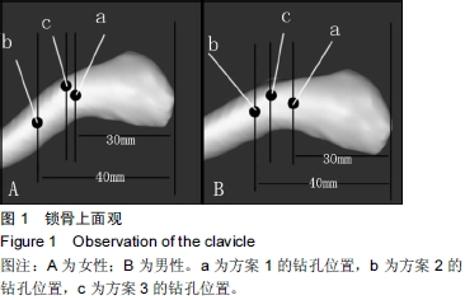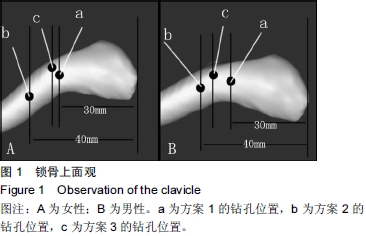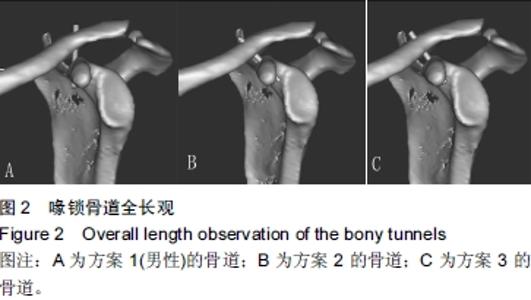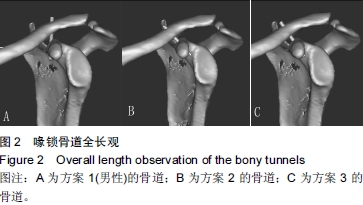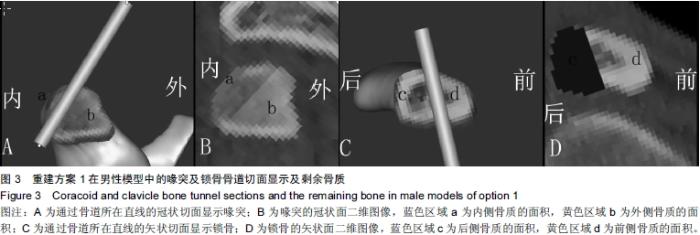| [1] 王亦璁.骨与关节损伤[M]. 4版.北京:人民卫生出版社, 2009.
[2] Law KY, Yung SH, Ho PY, et al. Coracoclavicular ligament reconstruction using a gracilis tendon graft for acute type-III acromioclavicular dislocation. J Orthop Surg (Hong Kong). 2007;15: 315-318.
[3] 薛燚,王强,顾云峰.双带襻纽扣钢板技术治疗Neer Ⅱ型锁骨远端骨折和tossy Ⅲ型肩锁关节脱位[J]. 创伤外科杂志,2010, 12(6):532-534.
[4] 徐杰,柯良骏,应戟,等.双纽扣钢板技术重建喙锁韧带治疗肩锁关节全脱位[J].中医正骨, 2010,22(4): 32-34.
[5] Struhl S. Double endobutton technique for repair of complete acromioclavicular joint dislocations. Tech Shoulder Elbow Surg.2007;8:175-179.
[6] 汪李军,杨惠林,史源欣,等.双Endobutton技术与锁骨钩钢板治疗TossyⅢ型肩锁关节脱位的疗效比较[J].中华创伤骨科杂志, 2013, 15(4): 283-287.
[7] 陈云丰,陆叶,王海明,等.ENDOBUTTON技术重建喙锁韧带治疗肩锁关节脱位[J].中华创伤骨科杂志,2011,13: 539-543.
[8] 田竞,于海龙,薛海鹏,等. Endobutton技术治疗肩锁关节脱位失效的原因分析[J].中国骨与关节外科, 2012, 5(6): 497-500.
[9] 王海明,陈云丰,陆叶,等. Triple-Endobutton技术与锁骨钩钢板置入治疗肩锁关节脱位的比较[J].中国组织工程研究,2012, 16(17):3105-3110.
[10] 朱建炜,刘璠,张建华,等.三重固定纽扣钢板解剖重建陈旧性Ⅲ度肩锁关节脱位[J].中国修复重建外科杂志,2012,26(2):201-204.
[11] Costic RS,Labriola JE,Rodosky MW,et al.Biomechanical rationale for development of anatomical reconstructions of coracoclavicular ligaments after complete acromioclavicular joint dislocations. Am J Sports Med.2004;32:1929-1936.
[12] Debski RE, Parsons IM, Woo SLY, et al. Effect of capsular injury on acromioclavicular joint mechanics. J Bone Joint Surg Am.2001;83:1344-1351.
[13] Grutter PW, Petersen SA. Anatomical acromioclavicular ligament reconstruction a biomechanical comparison of reconstructive techniques of the acromioclavicular joint. Am J Sports Med.2005;33:1723-1728.
[14] Lee KW, Debski RE, Chen CH, et al. Functional evaluation of the ligaments at the acromioclavicular joint during anteroposterior and superoinferior translation. Am J Sports Med.1997;25: 858-862.
[15] Mazzocca AD, Conway JE, Johnson S, et al. The anatomic coracoclavicular ligament reconstruction. Operat Tech Sports Med.2004;12: 56-61.
[16] Xue C, Song LJ, Zhang M, et al. Coracoclavicular ligament attachment regions of the Chinese population: a quantitative anatomic study. Anat Sci Int.2013;88: 189-194.
[17] Rios CG, Arciero RA, Mazzocca AD. Anatomy of the clavicle and coracoid process for reconstruction of the coracoclavicular ligaments. Am J Sports Med.2007;35: 811-817.
[18] 蒋栋,吕书军,洪晔,等.锁骨钩钢板与三Endobutton钢板治疗新鲜肩锁关节脱位疗效比较[J].中国修复重建外科杂志, 2012, 26(9):1026-1028.
[19] 吕书军,曹勇,洪晔,等.三Endobutton钢板解剖重建喙锁韧带治疗肩锁关节脱位[J].临床骨科杂志,2012,15(1):64-66.
[20] Harris RI, Vu DH, Sonnabend DH, et al.Anatomic variance of the coracoclavicular ligaments. J Shoulder Elbow Surg.2001; 10: 585-588. |
